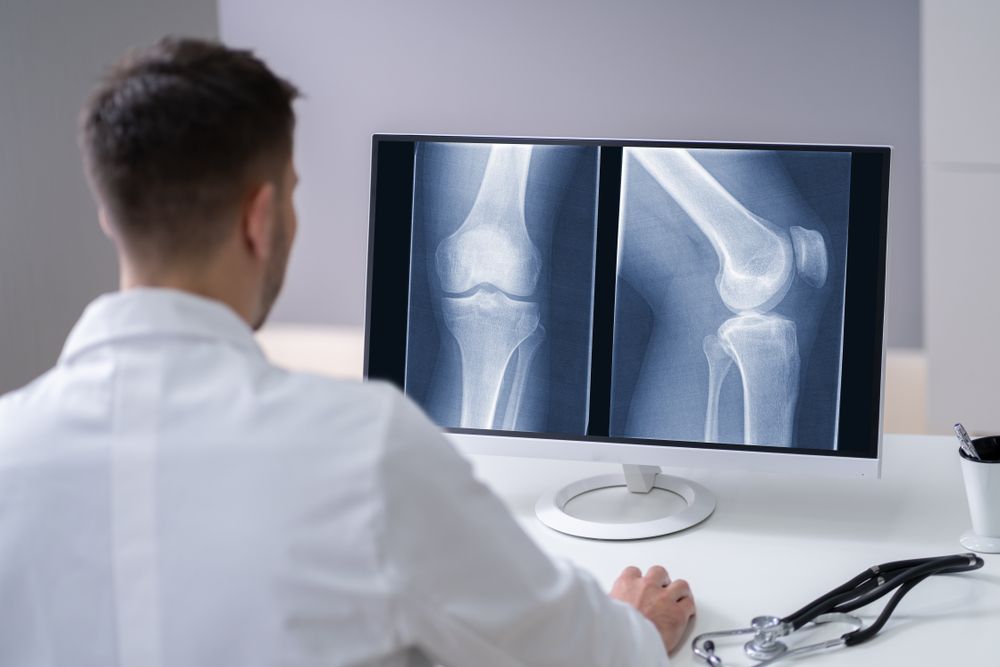The Role Of Diagnostic Imaging In Orthopedic Treatment

Welcome to the world of medical diagnostics. Today, we explore the role of diagnostic imaging in orthopedic treatment. From X-rays to nuclear medicine Colorado, these imaging techniques give doctors a closer look at your bones. It’s like looking under the hood of a car, but for your body. We begin with a basic understanding of the human skeleton. Next, we dive into the specifics of diagnostic imaging. Finally, we explore how these tools aid in orthopedic treatment. It’s a fascinating journey. We invite you to join us.
A Basic Understanding of the Human Skeleton
Our skeleton is the framework of our body. It supports us, protects our vital organs, and allows us to move. Like the beams in a building, our bones need to stay strong and healthy.
The Specifics of Diagnostic Imaging
Diagnostic imaging is a way to see inside our body without surgery. It uses methods like X-rays, CT scans, and MRI. These tools help doctors diagnose diseases, monitor treatment, and plan surgeries. Imagine being an architect. You need to see the blueprint of a building before you can fix it. That’s what diagnostic imaging does for doctors. It gives them the blueprint of your body.
Diagnostic Imaging in Orthopedic Treatment
In orthopedics, diagnostic imaging helps doctors see bone and joint problems. This could be a broken bone, arthritis, or a torn ligament. By seeing inside, doctors can diagnose the problem and plan the best treatment. It’s like using a map to chart the best route to a destination.
Comparison Table
There are different types of diagnostic imaging. Each has its strengths and uses in orthopedic treatment. Let’s compare them in a table.
| TYPE OF DIAGNOSTIC IMAGING | STRENGTHS | USES IN ORTHOPEDIC TREATMENT |
| X-Ray | Shows bone fractures and infections | Diagnosing broken bones and infections |
| CT Scan | Creates detailed images of bones, muscles, fat, and organs | Planning surgeries |
| MRI | Shows detailed images of soft tissues like ligaments and tendons | Diagnosing soft tissue injuries |
| Nuclear Medicine | Detects radiation from inside the body to create images | Checking bone density and diagnosing diseases |
Conclusion
Diagnostic imaging plays a crucial role in orthopedic treatment. It’s the map that guides doctors to the best treatment for your bones and joints. So, next time you’re at the doctor’s office, remember the importance of these imaging tools. They’re the key to keeping your skeleton strong and healthy.



